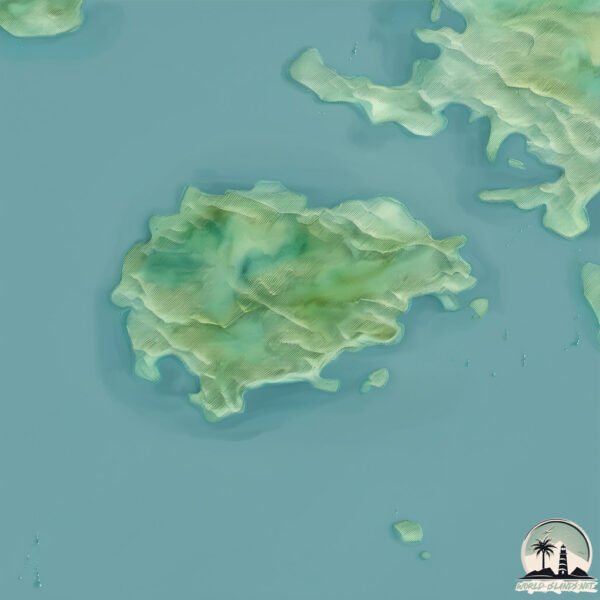Saengildo

Welcome to Saengildo, a Temperate island in the Japan Sea, part of the majestic Pacific Ocean. This guide offers a comprehensive overview of what makes Saengildo unique – from its geography and climate to its population, infrastructure, and beyond. Dive into the details:
- Geography and Size: Explore the island’s size and location.
- Climate and Weather: Weather patterns and temperature.
- Topography and Nature: Uncover the natural wonders of the island.
- Infrastructure and Travelling: Insights on reaching, staying, and making the most of your visit.
- News and Headlines: Latest News.
Geography and size of Saengildo
Size: 14.5 km²
Coastline: 22.5 km
Ocean: Pacific Ocean
Sea: Japan Sea
Continent: Asia
Saengildo is a Medium Island spanning 15 km² with a coastline of 22 km.
Archipel: –
Tectonic Plate: Eurasia – One of the world’s largest tectonic plates, the Eurasian Plate covers a significant portion of Europe and Asia. It’s characterized by diverse geological features, including the Ural Mountains, the European Plain, and the Himalayas formed from its collision with the Indian Plate.
The geographic heart of the island is pinpointed at these coordinates:
Latitude: 34.32305599 / Longitude: 126.98330335
Climate and weather of Saengildo
Climate Zone: Temperate
Climate Details: Humid Subtropical Climate
Temperature: Hot Summer
Climate Characteristics: With continuous rainfall and hot summers, this climate is common in some coastal regions, supporting diverse vegetation.
Topography and nature of Saengildo
Timezone: UTC+09:00
Timezone places: Asia/Tokyo
Max. Elevation: 284 m
Mean Elevation: 115 m
Vegetation: Deciduous Broadleaf Forest
Tree Coverage: 63%
The mean elevation is 115 m. The highest elevation on the island reaches approximately 284 meters above sea level. The island is characterized by Hills: Gently sloping landforms with rounded tops, having a maximum elevation between 200 and 500 meters. Hills contribute to a varied landscape on islands.
Dominating Vegetation: Deciduous Broadleaf Forest
Composed of broadleaf trees that shed their leaves seasonally. These forests are commonly found in temperate zones and experience distinct seasonal changes. Saengildo has a tree cover of 63 %.
Vegetation: 10 vegetation zones – Very Highly Diverse Island
Islands in this range are ecological powerhouses, showcasing a wide array of vegetation zones. Each zone, from lush rainforests to arid scrublands, coastal mangroves to mountainous regions, contributes to a complex and interdependent ecosystem. These islands are often hotspots of biodiversity, supporting numerous species and intricate ecological processes.
Infrastructure and Travelling to Saengildo
Does the island have a public airport? no.
There is no public and scheduled airport on Saengildo. The nearest airport is Yeosu Airport, located 88 km away.
Does the island have a major port? no.
There are no major ports on Saengildo. The closest major port is MOKPO, approximately 81 km away.
The mean population of Saengildo is 82 per km². Saengildo is Gently Populated. The island belongs to South Korea.
Continuing your journey, Pyeongildo is the next notable island, situated merely km away.
South Korea is classified as Emerging region: MIKT: Mexico, Indonesia, South Korea, and Turkey – Economies recognized for their development potential and emerging market status. The level of income is High income: OECD.
News – Latest Updates and Headlines from Saengildo
Stay informed with the most recent news and important headlines from Saengildo. Here’s a roundup of the latest developments.
Please note: The data used here has been primarily extracted from satellite readings. Deviations from exact values may occur, particularly regarding the height of elevations and population density. Land area and coastline measurements refer to average values at mean high tide.
